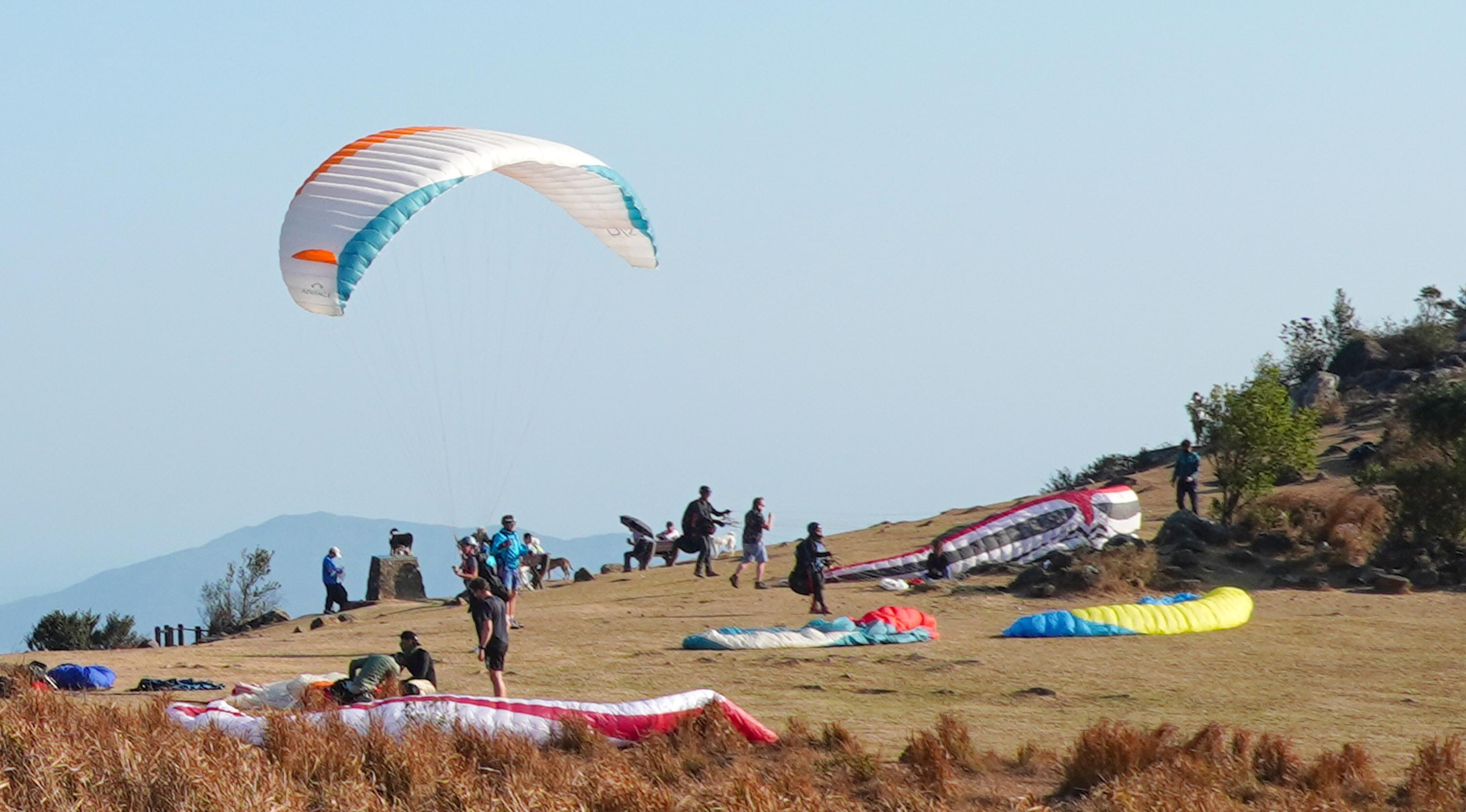CAD’s response to Ombudsman’s direct investigation report
Regarding a report released by the Ombudsman today (May 26) on its direct investigation into “Civil Aviation Department’s regulation of paragliding activities”, the Civil Aviation Department (CAD)’s response is as follows:
The CAD would like to express its gratitude for the work of the Ombudsman in the direct investigation. Eight recommendations have been made in the investigation report. Regarding four of them (i.e. recommendations 5 to 8 in the report), including the provision of detailed case analysis to the Hong Kong Police Force on complaints related to paragliding activities, and enhancement on inspections, law enforcement and publicity, the CAD expresses its appreciation and has already implemented or plans to implement the measures. The CAD will continue to work closely with the relevant government departments, including the Hong Kong Police Force, the Agriculture, Fisheries and Conservation Department and the Leisure and Cultural Services Department, to step up patrols and law enforcement. The CAD will also continue to maintain close liaison with local paragliding organisations to enhance the safety awareness on paragliding and safeguard aviation safety through education and publicity.
The current civil aviation legislation aims at regulating civil aircraft, rather than paragliding activities. Therefore, for the other four recommendations involving policy and legislative amendments (i.e. recommendations 1 to 4 in the report), which include exploring the feasibility of enacting new legislation or implementing administrative measures to implement real-name registration for paraglider pilots, requiring paraglider pilots to register their paragliding equipment and authorising or engaging suitable paragliding organisations to systemically administer and develop paragliding activities, as well as for accident and incident investigation, the CAD will review with its policy bureau as well as other bureaux concerned on relevant issues and the feasibility of the recommendations. The discussion will include how to facilitate more effective management of paragliding activities through relevant government departments and paragliding organisations, so as to promote the development of paragliding activities on the one hand and to ensure public safety on the other.
Paragliding is not a widely practised sport in Hong Kong and entails a certain level of safety risk that may affect other local airspace users. Improper operation of paragliders may cause casualties. In view of this, to ensure the safety of airspace users and reduce the potential risks caused by paragliding activities to airspace users and members of the public, since the 1990s the CAD has listed out site boundaries, operating altitudes and relevant guidance for paragliding activities in the Hong Kong Aeronautical Information Publication.
In view of the growing popularity of paragliding activities in Hong Kong in recent years and its potential impact on aviation safety, in 2018 the CAD took the initiative to review the regulatory regime of paragliding activities. After consulting local stakeholders and taking reference from experiences of other places where paragliding activities are popular, the CAD published the Safety Guidance on Paragliding Activities to further enhance the safety of paragliding activities in Hong Kong. The Guidance also reminds members of the public that any offer of air service performed by paragliders for hire or reward requires a permit granted by the Director-General of Civil Aviation.
There are currently two paragliding organisations in Hong Kong, namely the Hong Kong Paragliding Association and the Hong Kong Paragliding Federation, with the former being a national sports association under the Sports Federation and Olympic Committee of Hong Kong, China. The CAD has been maintaining close liaison with the two organisations, including inviting them to join meetings of the Flight Safety Committee, which is composed of local airspace users. These meetings, arranged and hosted by the CAD, serve to co-ordinate aviation safety measures on the use of Hong Kong airspace, including regular reviews on the site boundaries and operational arrangements for paragliding activities. read more



